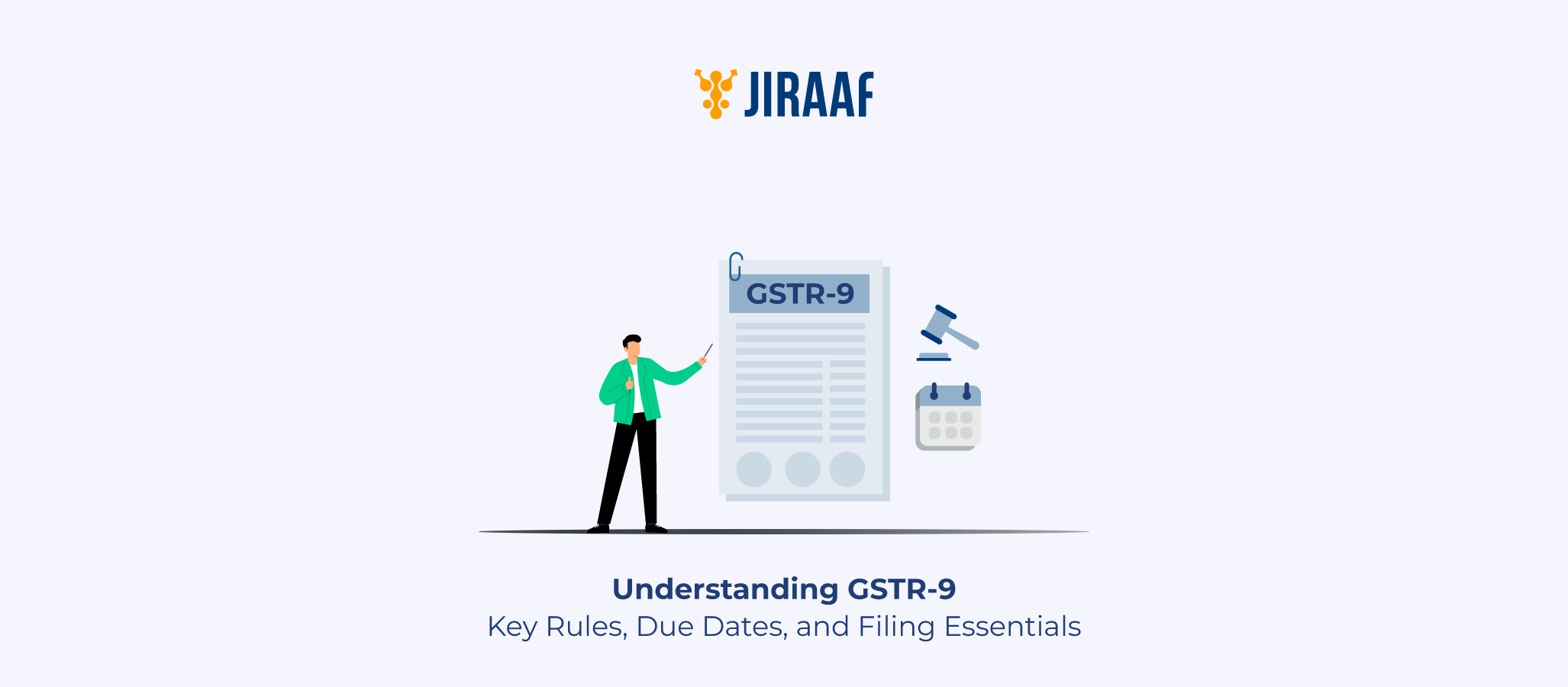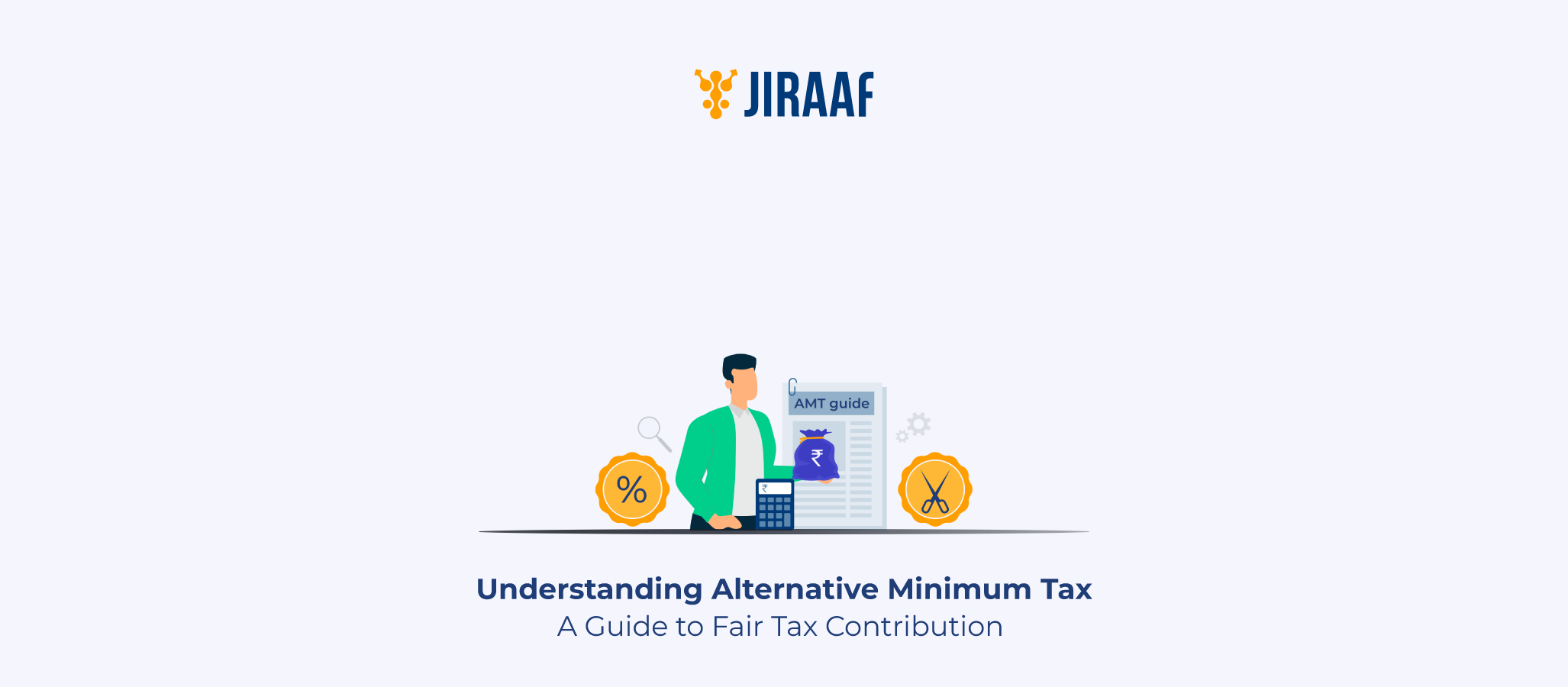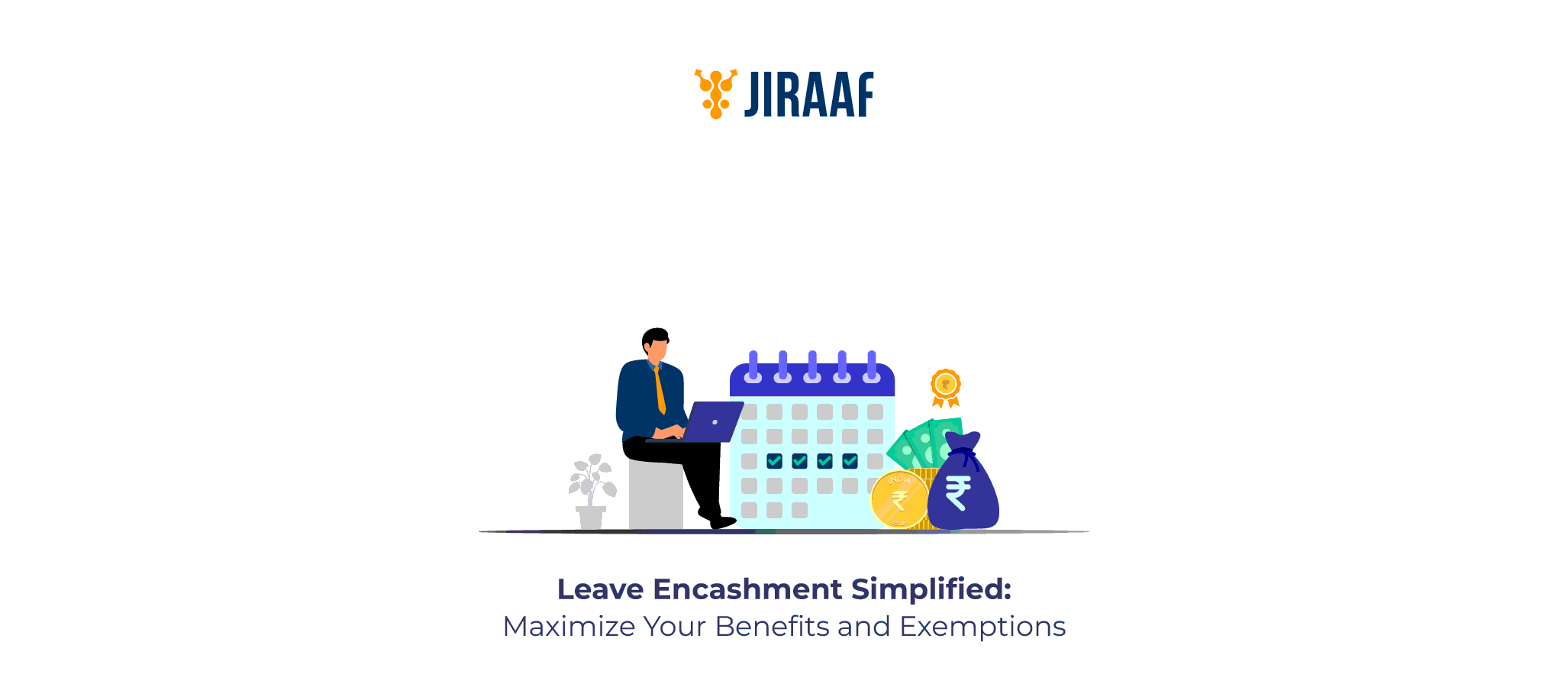For most entrepreneurs, the GST annual return season feels less like a routine and more like a reality check. It’s that time when every invoice, return, and reconciliation across the year must come together accurately and without contradictions. And the process often raises more questions than answers: Which return should I file? What happens if I miss the deadline? Do small errors really matter?
That’s where GSTR-9 comes in as a comprehensive annual return designed for regular taxpayers under the GST regime. It serves as the final, yearly summary of all your business transactions, tax liabilities, and input credits. Think of it as the financial report card your business submits to the GST department, one that verifies how closely your monthly or quarterly filings align with your actual books of accounts.
In this guide, we’ll break down everything you need to know about GSTR-9, from who should file it to how to avoid penalties, so you can approach your annual return filing with clarity and confidence.
What is GSTR-9?
Form GSTR-9 is the annual GST return that every regular taxpayer must file once for each financial year. It gives a comprehensive summary of outward and inward supplies, input tax credit (ITC) claimed, taxes paid, refunds received, and any demands raised during the year.
In essence, it helps reconcile the information already reported in monthly or quarterly returns (GSTR-1 and GSTR-3B) into a single consolidated statement—ensuring accuracy and transparency in tax reporting. For businesses, this acts as the final self-check before closing the financial year, allowing correction of any discrepancies within the permitted window.
Now that we’ve understood what GSTR-9 is and how it simplifies annual GST reporting, the next step is figuring out who falls under its scope. After all, not every registered business is required to file it. This brings us to its applicability.
Applicability of GSTR-9
GSTR-9 applies to all regular GST-registered taxpayers, including SEZ units and developers. However, certain categories are exempt since they follow alternate compliance mechanisms.
The following taxpayers are not required to file GSTR-9:
- Composition Scheme taxpayers: They now file GSTR-4 instead (the earlier GSTR-9A form was discontinued after FY 2018-19).
- Casual taxable persons (temporary business operations).
- Input Service Distributors (ISDs) who distribute ITC only.
- Non-resident taxable persons.
- Tax deductors under Section 51 of the GST Act.
- Persons paying tax under Section 52 (Tax Collectors—e-commerce operators) who file GSTR-9B.
This distinction ensures that GSTR-9 remains relevant only to those engaged in regular, ongoing GST-registered operations.
While applicability defines who should file, it doesn’t specify which taxpayers are required based on turnover. To understand that we need to look at the turnover limits and eligibility criteria for filing GSTR-9.
GSTR-9 Turnover Limit and Eligibility Criteria
Eligibility is determined by aggregate annual turnover (on a PAN-India basis). The latest notification as per Sept. 2025 simplifies this rule.
Here’s how it works:
| Turnover Slab (Aggregate Annual Turnover) | GSTR-9 Filing Requirement | GSTR-9C Filing Requirement |
| Up to ₹2 crore | Filing is optional (Exempted) | Not Applicable |
| Above ₹2 crore and up to ₹5 crore | Filing is mandatory | Filing is optional (Self-certified reconciliation) |
| Above ₹5 crore | Filing is mandatory | Filing is mandatory (Self-certified reconciliation) |
Note on GSTR-9C: For taxpayers with a turnover above ₹5 crore, they must file Form GSTR-9C, which is a self-certified reconciliation statement reconciling figures between their audited annual financial statements and GST returns. The requirement for certification by a Chartered Accountant (CA) or Cost Accountant (CMA) has been replaced by self-certification by the taxpayer (FY 2020-21 onwards).
This classification helps ensure that compliance requirements are proportional to the business size, simplifying the process for smaller taxpayers while maintaining stricter accountability for larger ones.
Format and Details Required in GSTR-9 Form
The GSTR-9 form is divided into six parts, each capturing specific details related to a taxpayer’s annual business activities.
| Part | Section | Information Required |
| I | Basic Details | GSTIN, legal name, and trade name (auto-populated). |
| II | Outward & Inward Supplies | Summary of total sales and purchases from periodic returns. |
| III | Input Tax Credit (ITC) | ITC claimed, reversed, and ineligible as per GSTR-3B and GSTR-2B. |
| IV | Tax Paid | Summary of CGST, SGST, IGST, and Cess liabilities paid. |
| V | Adjustments for Previous FY | Amendments or transactions of the previous FY reported up to September of the present FY. |
| VI | Other Information | Refunds, demands, HSN-wise summary, supplies from composition dealers, segregation of inward supplies, and late-fee details. |
(Source: GSTN Advisory)
Each part ensures that the taxpayer’s annual financial and tax information is accurately reflected.
For a detailed breakdown of each field and the latest updates to the form, you can visit the official GST portal at www.gst.gov.in.
After understanding what details the form captures, the next question that naturally follows is when and how to file it. Let’s look at the due dates and timelines for filing GSTR-9 in 2025.
GSTR-9 Due Date and Filing Timeline for 2025
The due date to file GSTR-9 for FY 2024-25 is 31 December 2025, unless extended by the government. The GST portal enabled filing from October 13, 2025.
Before submission, taxpayers must ensure that all periodic returns (GSTR-1, GSTR-3B, etc.) are filed and reconciled. Timely filing not only prevents penalties but also confirms compliance integrity for that financial year.
Filing deadlines under GST aren’t just administrative checkpoints; they carry financial implications. Let’s break down the late fees and penalties for delayed filing, so you know exactly what’s at stake.
Late Fees and Penalties for GSTR-9 Filing Delay
Under Notification 73/2022 and reaffirmed by the 55th GST Council (Dec 2024), late fees are now tiered by turnover, ensuring proportional compliance burden:
| Aggregate Turnover | Late Fee per Day | Maximum Cap (as % of turnover) |
| Up to ₹5 crore | ₹50 (₹25 CGST + ₹25 SGST) | 0.04% (0.02% CGST + 0.02% SGST) |
| ₹5–20 crore | ₹100 (₹50 CGST + ₹50 SGST) | 0.04% (0.02% CGST + 0.02% SGST) |
| Above ₹20 crore | ₹200 (₹100 CGST + ₹100 SGST) | 0.50% (0.25% CGST + 0.25% SGST) |
Understanding penalties highlights why timely and accurate filing matters. To make that easier, let’s look at some key rules and practical compliance tips for filing GSTR-9 efficiently.
Key Rules and Compliance Tips for GSTR-9 Filing
The real challenge with GSTR-9 isn’t just simply filing but to file it correctly. From data mismatches to missed credits, small oversights can create bigger issues later. Here’s how to stay compliant and avoid common pitfalls.
- Reconcile data regularly: Don’t wait till year-end. Periodic reconciliation between GSTR-1, GSTR-3B, and the books of accounts ensures accuracy and saves time during annual filing.
- Cross-check ITC claims: Make sure all input tax credits claimed match those reflected in GSTR-2B to avoid discrepancies or notices.
- File pending returns first: GSTR-9 can only be filed after all regular returns for the financial year have been submitted.
- Keep supporting documents handy: Maintain proper invoices, ledgers, and bank statements in case of audit or verification.
- Use reliable digital platforms: For large businesses, GST software or ERP integration can simplify consolidation and reduce human errors.
- Review before submission: Once submitted, GSTR-9 cannot be revised. Double-check all figures before final filing.
By following these practices, taxpayers can ensure smooth, error-free filing and stay compliant with GST regulations.
Conclusion
GSTR-9 acts as the final confirmation of a business’s GST compliance for the financial year. It consolidates all data from monthly and quarterly returns, verifying whether the tax paid and input credit claimed match the records maintained in the books of accounts.
Any inaccuracy in reporting can lead to penalties or denial of credit. Therefore, reviewing all figures before submission and maintaining proper documentation is essential. For complex cases or high-turnover entities, consulting a qualified tax professional ensures that every entry aligns with current GST rules and notifications.









